Water Turbine
12 Volt DC Portable Water Turbine Generator
18V Micro Hydroelectric Generator, 2A, 36W/50W
36V Micro Hydroelectric Generator, 2A, 36W/50W
Micro Hydro Generator with Display Screen, G1/2", 2-15L/min
Micro Water Turbine Generator for Bathroom, 6V DC, 4L/min
1kW Water Turbine Generator, Small Axial Flow Type
3kW Water Turbine Generator for Home
5kW Hydropower Turbine Generator, Axial Flow
10kW Water Turbine Generator, Excitation Mixed Flow Type
Small Water Turbine Electric Generator, 50W
Portable Duct Spiral Hydro Generator for Creek
Mini Hydroelectric Generator with Infrared Induction
A water turbine is a type of hydraulic machinery that converts the energy of flowing water in rivers into rotational mechanical energy. As water flows through the turbine, the rotational mechanical energy is converted into electricity by driving a generator through the main shaft. The combination of the turbine and generator is referred to as a hydroelectric generator unit, which is one of the primary equipment in hydroelectric power stations.
Main Components of Water Turbine
- Intake Components (Spiral Casing, Pressure Steel Pipe): These components are responsible for directing water flow into the water turbine efficiently.
- Conduit Components (Conduit Mechanism): The conduit mechanism ensures proper guidance and control of water flow towards the turbine.
- Working Components (Runner): The runner, also known as the impeller, is the central part of the water turbine where water energy is converted into rotational mechanical energy.
- Discharge Components (Draft Tube, Tailrace Pipe): These components facilitate the smooth exit of water from the turbine after energy conversion.
Classification of Water Turbine
Turbines are classified based on their Sperational Mode:
- Reaction Water Turbines: Also known as impulse turbines, they are the most common type of turbine. They utilize the impact and pressure of water flow to drive the turbine. Reaction turbines are suitable for locations with high water flow and head, such as large-scale hydroelectric stations.
- Impulse Water Turbines: Impulse turbines utilize the force of water impact to drive the turbine rotation. They are suitable for locations with lower water flow and head, such as small-scale hydroelectric power stations.
Turbines are also classified based on their Installation Mode:
- Vertical Axis Water Turbines: The axis of the water turbine is perpendicular to the horizontal plane, with water entering from the center of the wheel and exiting from the edge. Vertical axis turbines are suitable for locations with high water flow and head.
- Horizontal Axis Water Turbines: The axis of the water turbine is parallel to the horizontal plane, with water entering from one side of the wheel and exiting from the other side. Horizontal axis turbines are suitable for locations with lower water flow and head.
Furthermore, turbines can be classified based on the Shape of Impeller:
- Pelton Water Turbines: Pelton water turbines have blades arranged at an angle, with water entering from one side of the blades and exiting from the other side. They are suitable for locations with high water flow and head.
- Francis Water Turbines: Francis water turbines have helical blades, with water entering and exiting from both the inner and outer sides of the blades. They are suitable for locations with lower water flow and head.
Additionally, turbines can be classified based on their Power Capacity:
- Small-Scale Water Turbines: Typically ranging from a few kilowatts to several hundred kilowatts, they are suitable for small-scale hydroelectric power stations and rural water supply.
- Medium-Scale Water Turbines: Typically ranging from several hundred kilowatts to several megawatts, they are suitable for medium-scale hydroelectric power stations and industrial water supply.
- Large-Scale Water Turbines: Typically ranging from several megawatts to several tens of megawatts, they are suitable for large-scale hydroelectric power stations and hydraulic presses.
Moreover, turbines can be classified based on their Installation Method:
- Fixed Water Turbines: Fixed water turbines are installed on the ground or concrete dams. They are suitable for locations with high water flow and head.
- Floating Water Turbines: Floating water turbines are supported and installed by floats or floating vessels. They are suitable for locations with lower water flow and head.
Operating Parameters of Water Turbines
The operating parameters of water turbines characterize the energy conversion process of water flow into mechanical energy of the turbine during its operation. The basic operating parameters of turbines include the working head (H), flow rate (Q), specific speed (Ns), output power (P), and efficiency (η).
- Working Head (H): The working head of a water turbine is the energy difference per unit weight of water flow between the inlet and outlet of the turbine, measured in meters (m).
- Flow Rate (Q): The amount of water passing through the turbine per unit time is known as the flow rate, measured in cubic meters per second (m³/s).
- Specific Speed (Ns): The number of rotations of the turbine rotor per unit time is referred to as the specific speed of the turbine, measured in revolutions per minute (r/min).
- Output Power (P) and Efficiency (η): The output power of a water turbine refers to the power output at the turbine shaft, measured in kilowatts (kW).
The efficiency of a turbine is the ratio of its output power to its input power, representing the effectiveness of energy conversion:
η : P=9.81QHη
Working Principle of Water Turbines
The working principle of a water turbine is similar to that of wind turbines and steam turbines. The key is that water is directed onto the blades of the turbine, generating momentum through the rotation of the blades. The energy of the water flow is utilized to produce mechanical energy, electrical energy, or kinetic energy.
Turbines are mechanical systems that gather the energy of flowing water and convert it into mechanical energy. Their basic components include the runner, the drum, the inlet guide vanes, the draft tube, and the base.
The runner is the most crucial part of the turbine, designed with appropriate blades and structure to accept the kinetic energy of the water flow. Each blade can drive the runner to rotate and convert the kinetic energy of the water flow, with its shape, angle, and length determining the performance of the runner.
In addition to the runner, the drum serves to protect the runner. Its shape and size must match the requirements of the turbine.
The inlet guide vanes control the inflow and outflow of water to ensure that the turbine operates at the correct speed. The draft tube is essential for ensuring that water exits the turbine smoothly.
The base supports the turbine and maintains its stability. The connecting rods between the turbines span the base. The guide pulleys based on the magnetic slip ring on the turbine rotor are used to fix and rotate the operational guide frame.
Applications of Water Turbines
- Hydroelectric Power Stations: Turbines are essential equipment in hydroelectric power stations, where they generate electricity by harnessing the power of flowing water to drive the turbine rotor and generator.
- Water Conveyance Systems: Turbines can be used in water conveyance systems to increase the flow velocity and pressure, ensuring the ability to transport water over long distances. During long-distance water conveyance, turbines can ensure stable water flow rates and balanced water pressure distribution.
- Wastewater Discharge Systems: Turbines are also widely used in wastewater discharge systems to extract and transport sewage from collection pools to treatment facilities. The implementation of turbines increases the automation of wastewater discharge systems, reducing labor and material costs.
- Agricultural Water Management: The water turbines can be used to provide irrigation water, thereby achieving full utilization of land and improving agricultural productivity.
- Construction and Municipal Engineering: Turbines can be applied in construction and municipal engineering projects such as aquariums, fountains, and waterfalls to create and decorate water landscapes, while also serving the purpose of water circulation and water quality optimization.
- Water Resource Projects: Water turbines are frequently used in large-scale water resource projects such as dams and reservoirs to harness hydropower. For example, the Three Gorges Project is equipped with a large number of turbines for electricity generation.
- Manufacturing: Turbines can also be used in manufacturing processes, driving other machinery and equipment such as pumps, cranes, and forging machines, thereby increasing the efficiency of traditional manufacturing processes.
- Urban Water Supply: Water turbines are suitable for providing stable energy to urban water supply systems, where some areas rely on pumps to extract groundwater from wells, while others have relatively abundant rivers and lakes.
In addition, water turbines can be applied in pumped storage power plants, where they operate in reverse directions and pump water in reverse flow directions under different operating conditions, hence they are also known as reversible turbines.
(1).png)

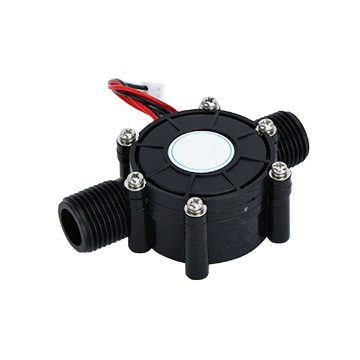
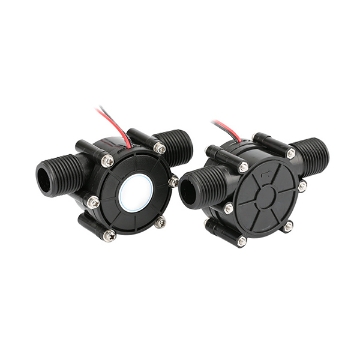
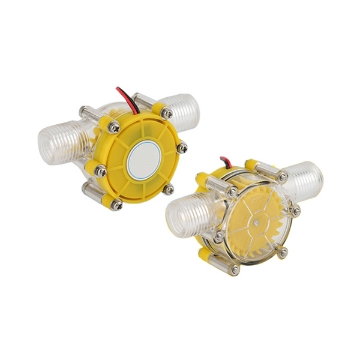
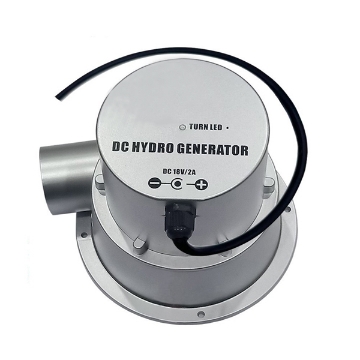
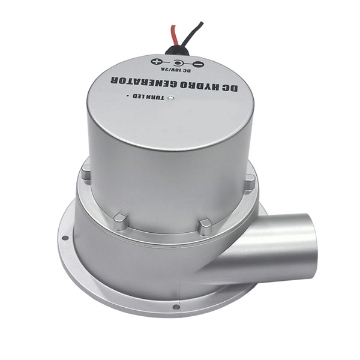
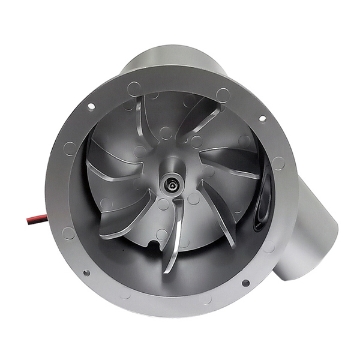






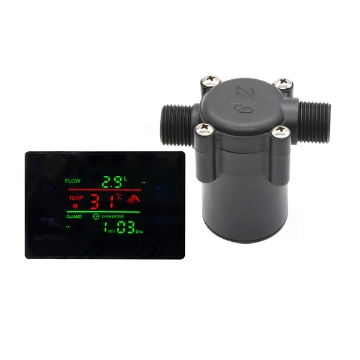
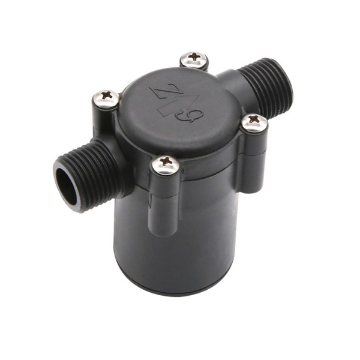
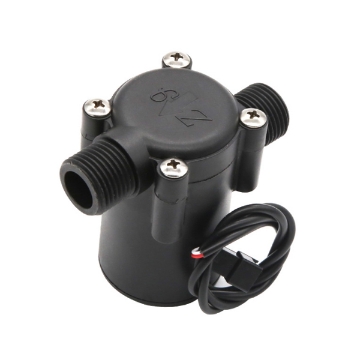
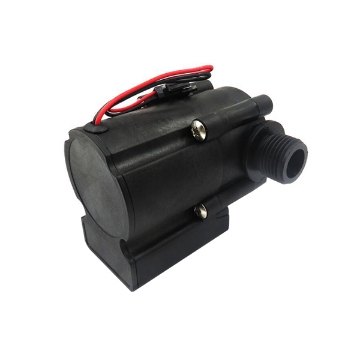
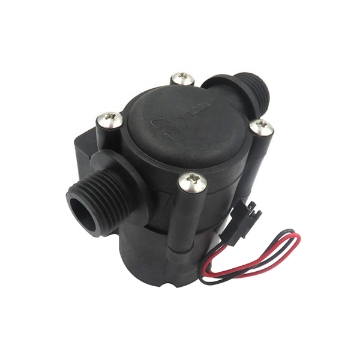
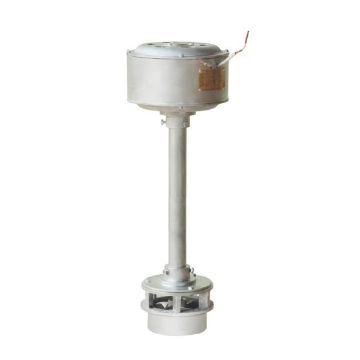
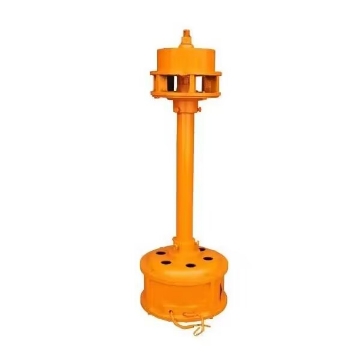
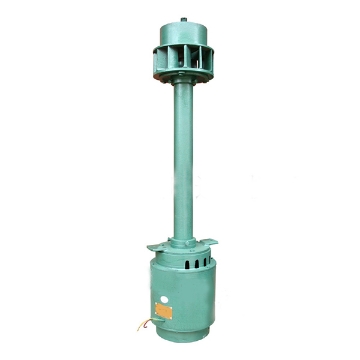
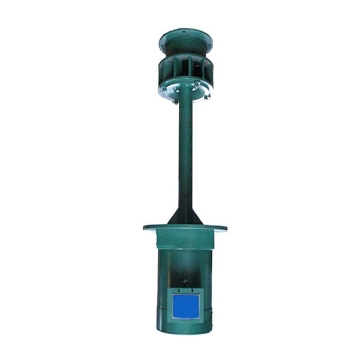
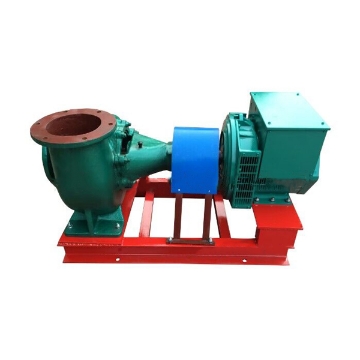
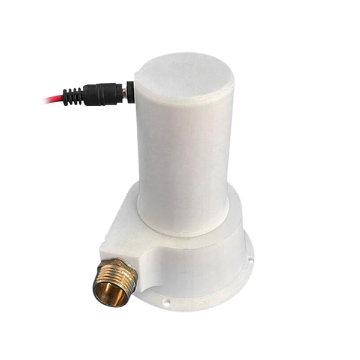
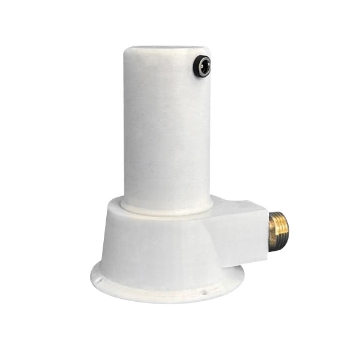
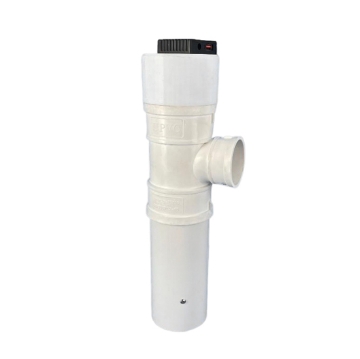




(1).png)